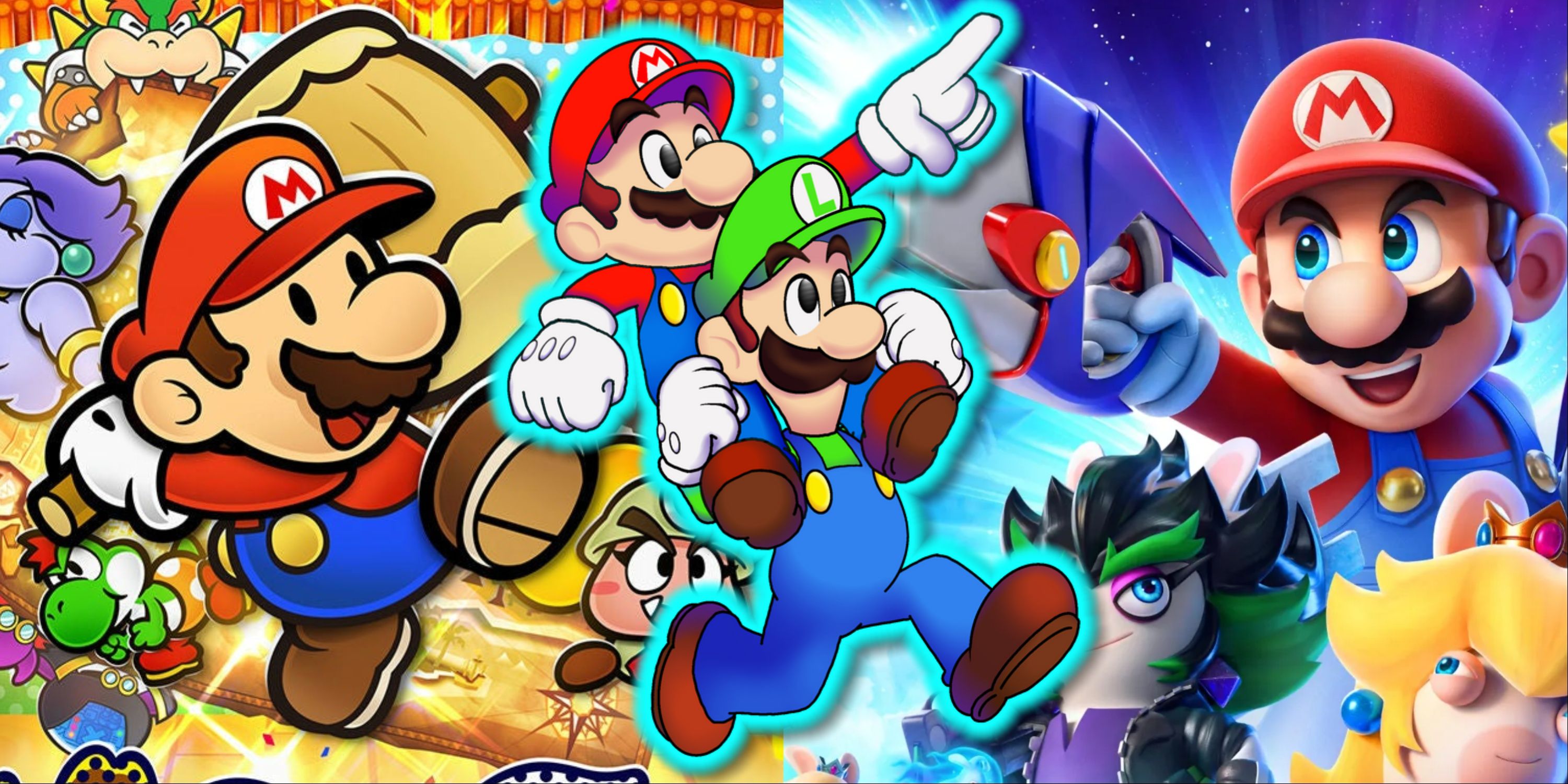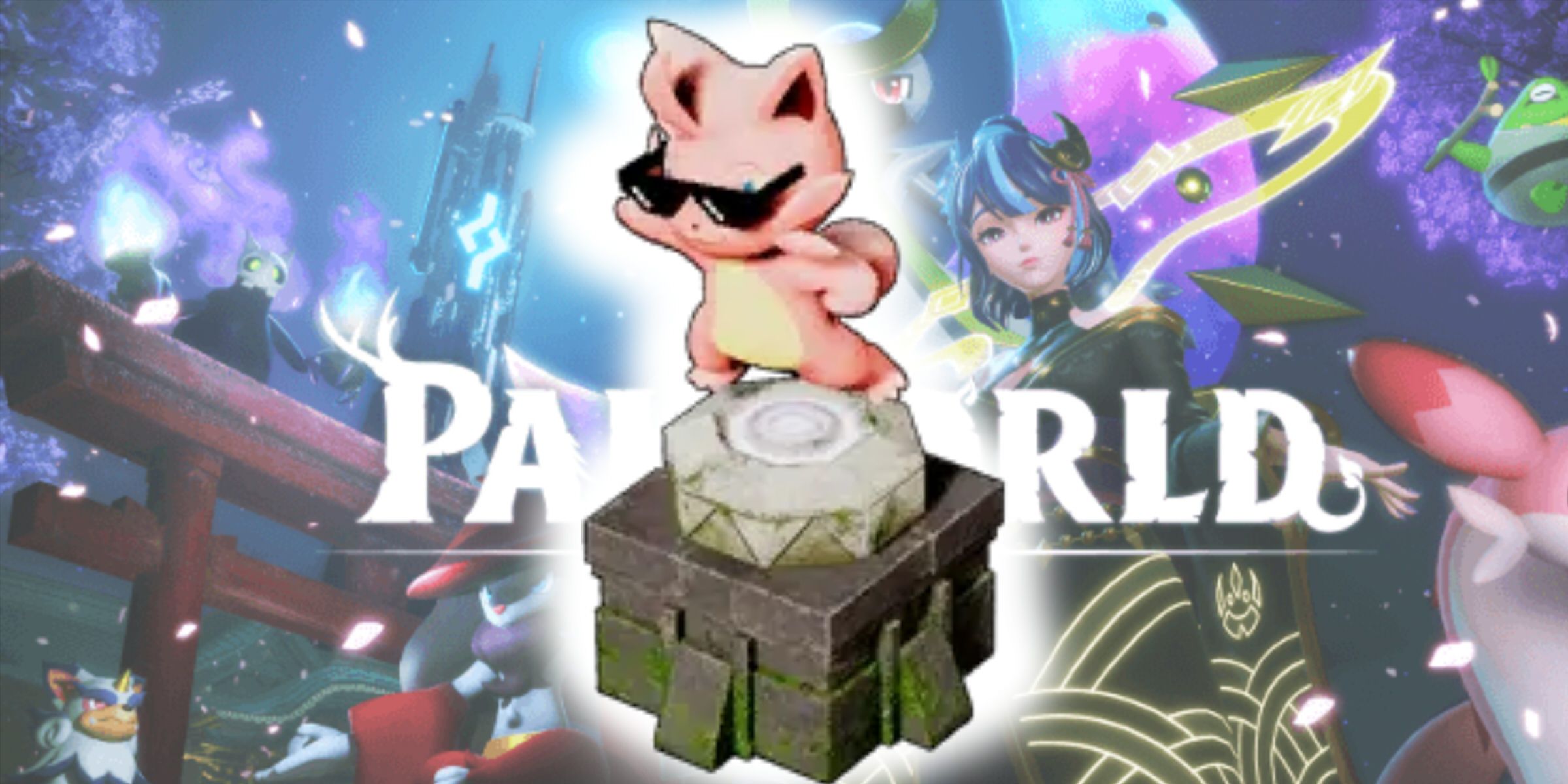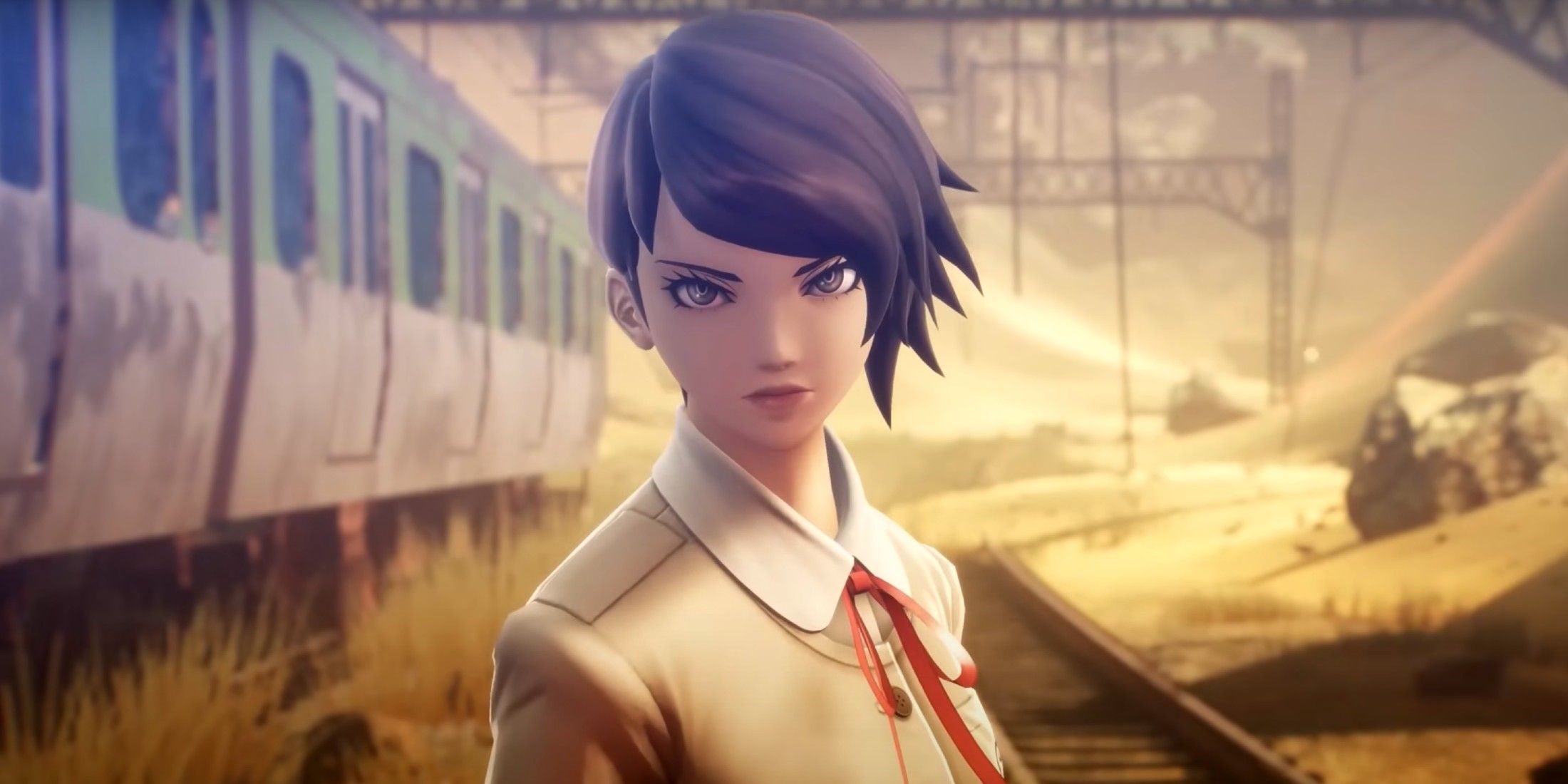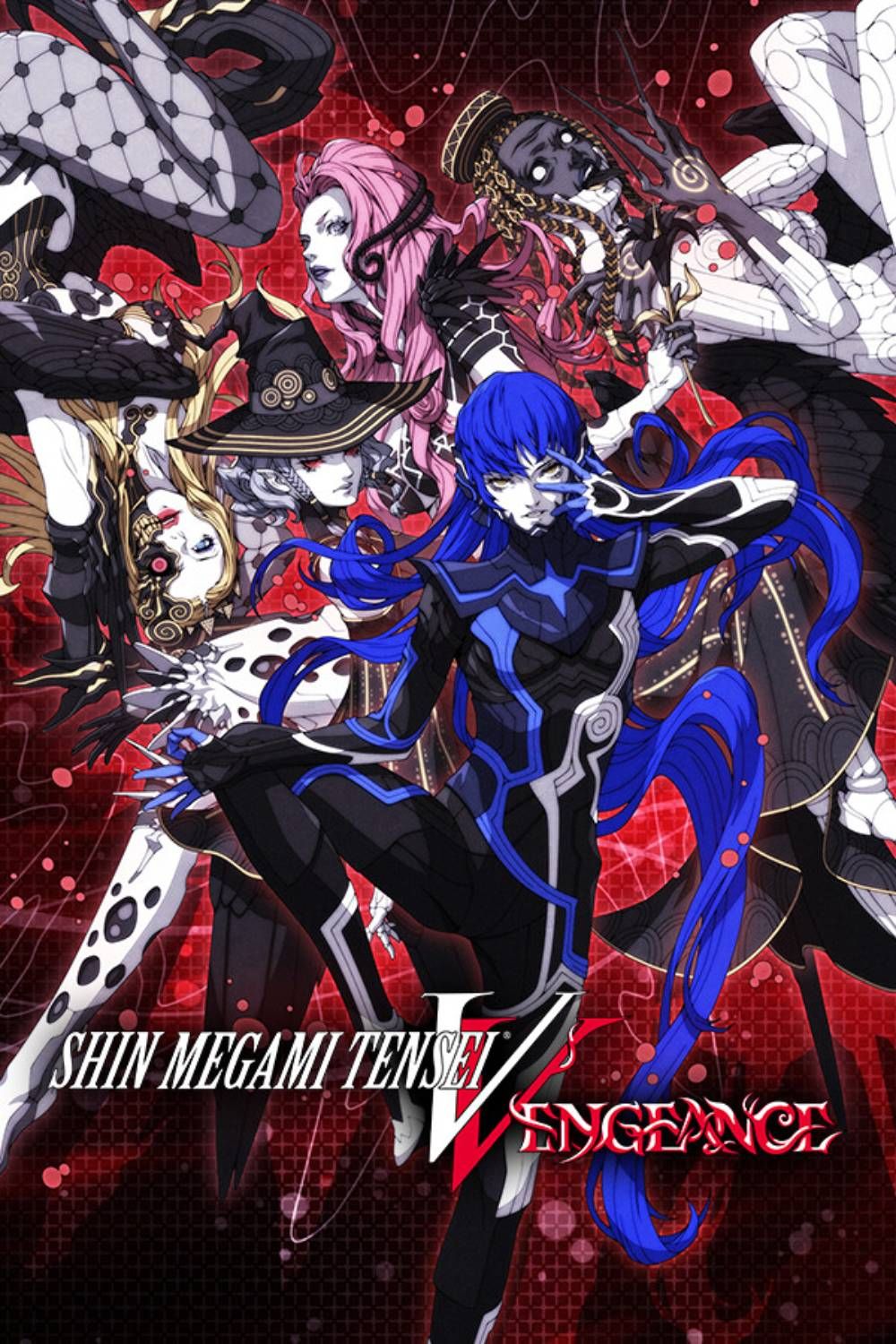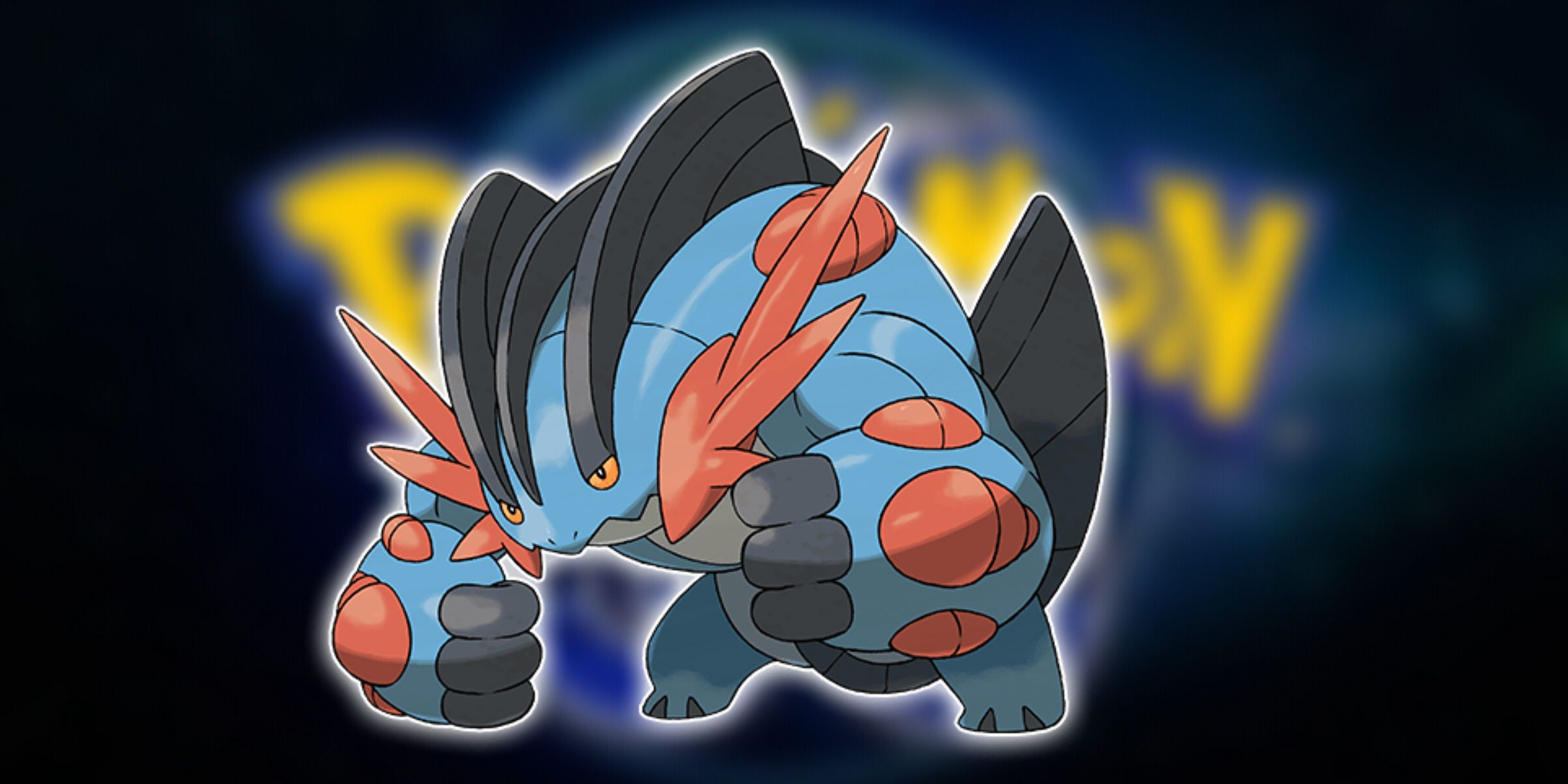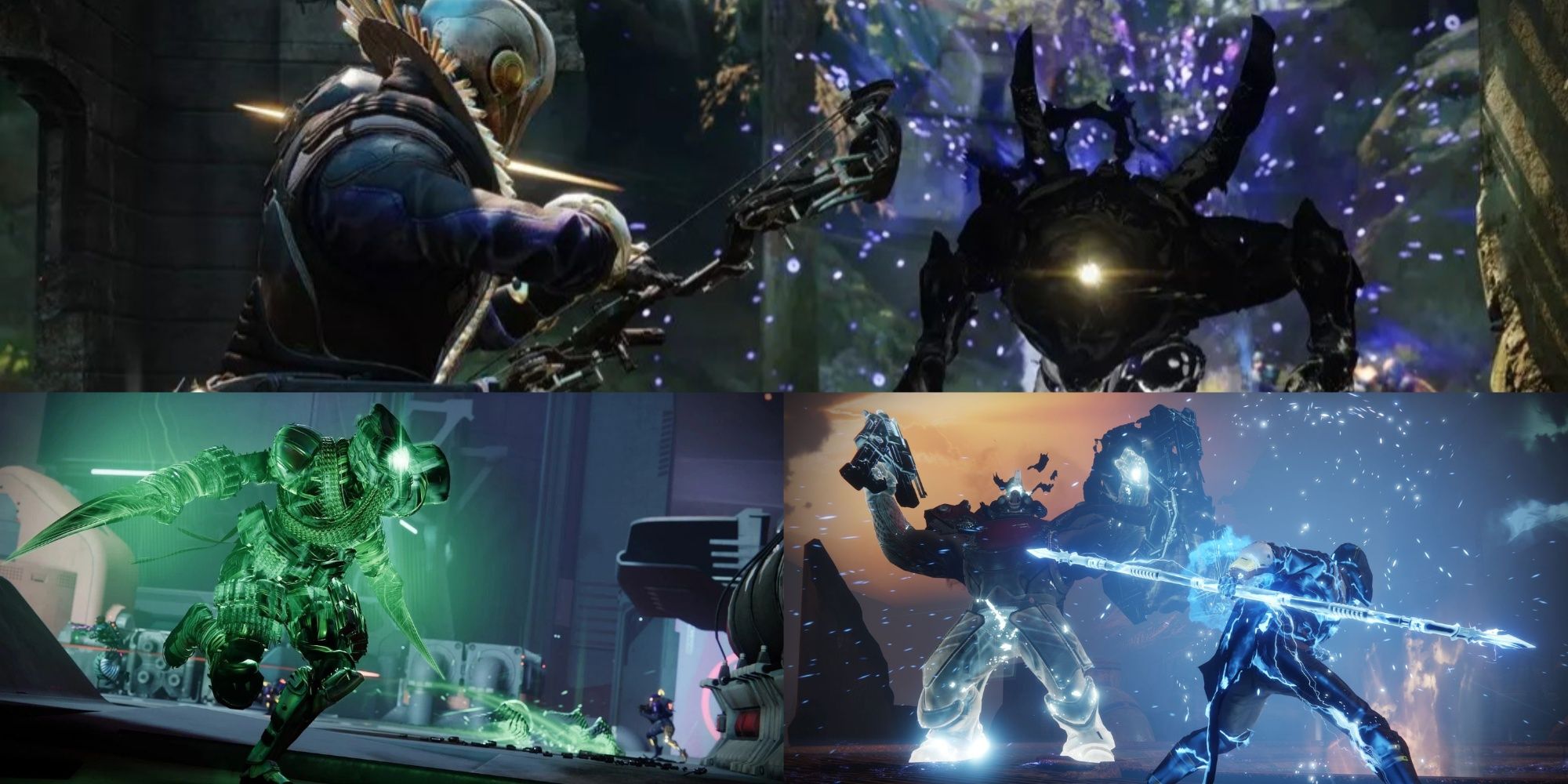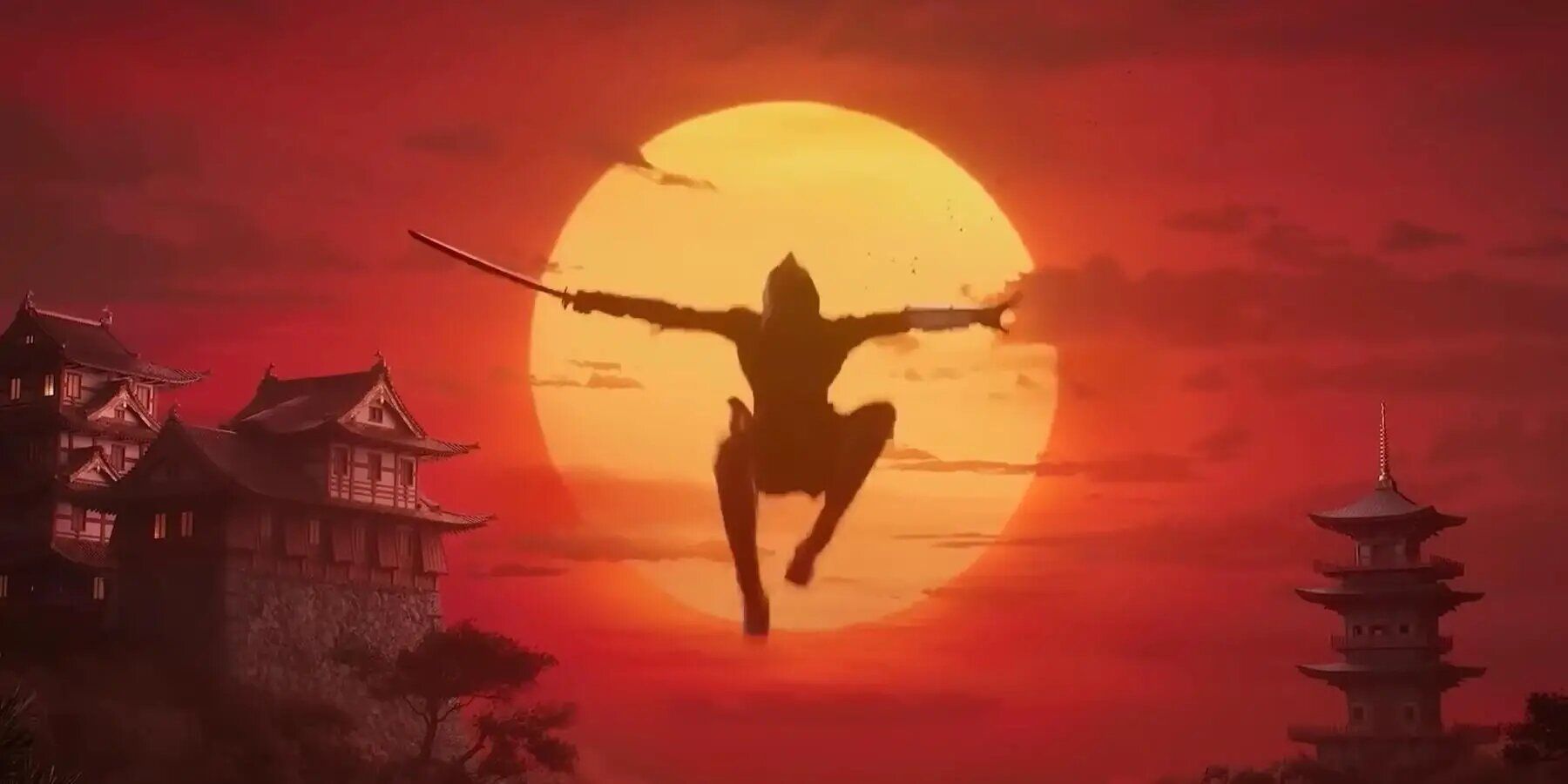Highlights
- Shin Megami Tensei 5: Vengeance introduces new character Yoko Hiromine, challenging the original game’s narrative structure.
- Canon of Vengeance shifts focus to Tao and Yoko, exploring their ideologies through party interactions and plot development.
- Trade-offs were necessary to accommodate Yoko’s character, affecting the development of existing supporting characters like Yakumo and Nuwa.
This article contains endgame spoilers for Shin Megami Tensei 5: Vengeance.
Atlus’ Shin Megami Tensei 5: Vengeance was an interesting case in the company’s take on the “re-release girl” formula given the original’s story critiques. When it was announced that Vengeance would be an enhanced edition of SMT5 complete with a diverging storyline, some were skeptical about new character Yoko Hiromine’s inclusion. To add a new face to an already underdeveloped cast would pose natural difficulties in narrative focus, and though Vengeance pulls off the majority of its new plot points well, it does highlight some flaws with undertaking such a formula.
Shin Megami Tensei 5: Vengeance‘s Canon of Vengeance storyline shifts its law and chaos reps from Dazai and Yuzuru to Tao and Yoko, respectively. This focus illuminates the two’s differing ideologies by including them as party members for the beginning half of the Nahobino’s journey into Da’at, speaking about their beliefs as side quests are completed and plot points are reached. Their inclusion in the party and direct commentary on the Nahobino’s actions make for a welcome change of pace compared to the original, which simply lets players choose their alignment path toward the end of the game. Still, the central focus on Tao and Yoko makes Vengeance fall into similar trappings when it comes to the development of its supporting characters.
Related
How Do Alignments Work in Shin Megami Tensei 5: Vengeance?
The Nahobino’s alignment is determined by the choices they make throughout Shin Megami Tensei V: Vengeance; but what all does it affect?
How Yoko Hiromine’s Involvement Affects the Supporting Cast of Shin Megami Tensei 5: Vengeance
The Change in Dazai and Yuzuru Within Vengeance’s Storyline
Dazai and Yuzuru felt underutilized in the original SMT5, both in their interactions with the Nahobino and each other. Vengeance sought to remedy this by making their paths more entwined, at least in the first half of its storyline. The conflict between the two in regard to Miyazu’s kidnapping by the Qadistu provided tangible friction, while their reconciliation, if a little hamfisted, showed the group acting as actual friends. This didn’t last long, however, as Vengeance needed a reason to keep the protagonist in the fray with Aogami’s absence. Dazai undergoes another comically evil turn toward a villain, this time more explained through Mastema’s influence, while Yuzuru’s death by his hand is the catalyst for the protagonist and Tsukuyomi’s fusion.
Yuzuru’s death is an interesting treatment for his character, and does quite a bit of lifting for Vengeance‘s narrative, both in the Nahobino’s new design and the reflections of Tsukuyomi, whose dialogue shows genuine remorse for his inability to keep Yuzuru safe. It also gives a chance for Miyazu to have an actual reaction to her brother’s death, helping to keep her somewhat relevant to Vengeance‘s later story beats. With this said, Dazai’s villainous turn feels as abrupt as his portrayal in the original, doubly so when the group leaves him as a salt statue despite Mastema promising to restore him, which ends up happening mere seconds later. With Tao replacing his standing as the Law rep, Dazai’s character ultimately becomes another small hurdle to the Empyrean.
Making Tradeoffs to Accommodate a New Character
The same can be said for Yakumo and Nuwa, who were arguably the most interesting characters of the original SMT5. Vengeance does give weight to Yakumo’s backstory with some missable lines in Tokyo, providing context to his partnership with Nuwa despite hating demons, though the lack of a new neutral and/or secret ending keeps their involvement in the story to a minimum. There are some genuinely good lines that show how compelling his character is, particularly at Tokyo’s shrine following Nuwa’s death, begging the question of what the enhanced SMT5 could have looked like if it had kept its focus on its former supporting characters.
As Vengeance‘s Chaos rep, there was a natural necessity to keep the plot centralized on Yoko’s plight, especially in how it related to the Qadistu’s goals. Still, her involvement highlights how the “re-release girl” formula often requires trade-offs in narrative structure. Making Yoko’s character a foil to Tao put Tao in the position of Vengeance‘s Law rep, despite her ideology often feeling more in line with neutral thinking, wishing for a “world where humanity’s dreams are fulfilled.”
This would have conflicted with her standing as the Goddess of Creation, though the way that Tao and Yoko were framed made Yoko’s chaos commentary feel extreme by comparison. Ultimately, Yoko’s involvement shows the difficulties in finding the right balance of fitting a new character into an already established storyline, and the pros and cons that come with such a feat.
